Home>Garden Essentials>Why Is My Grass Seed Not Growing
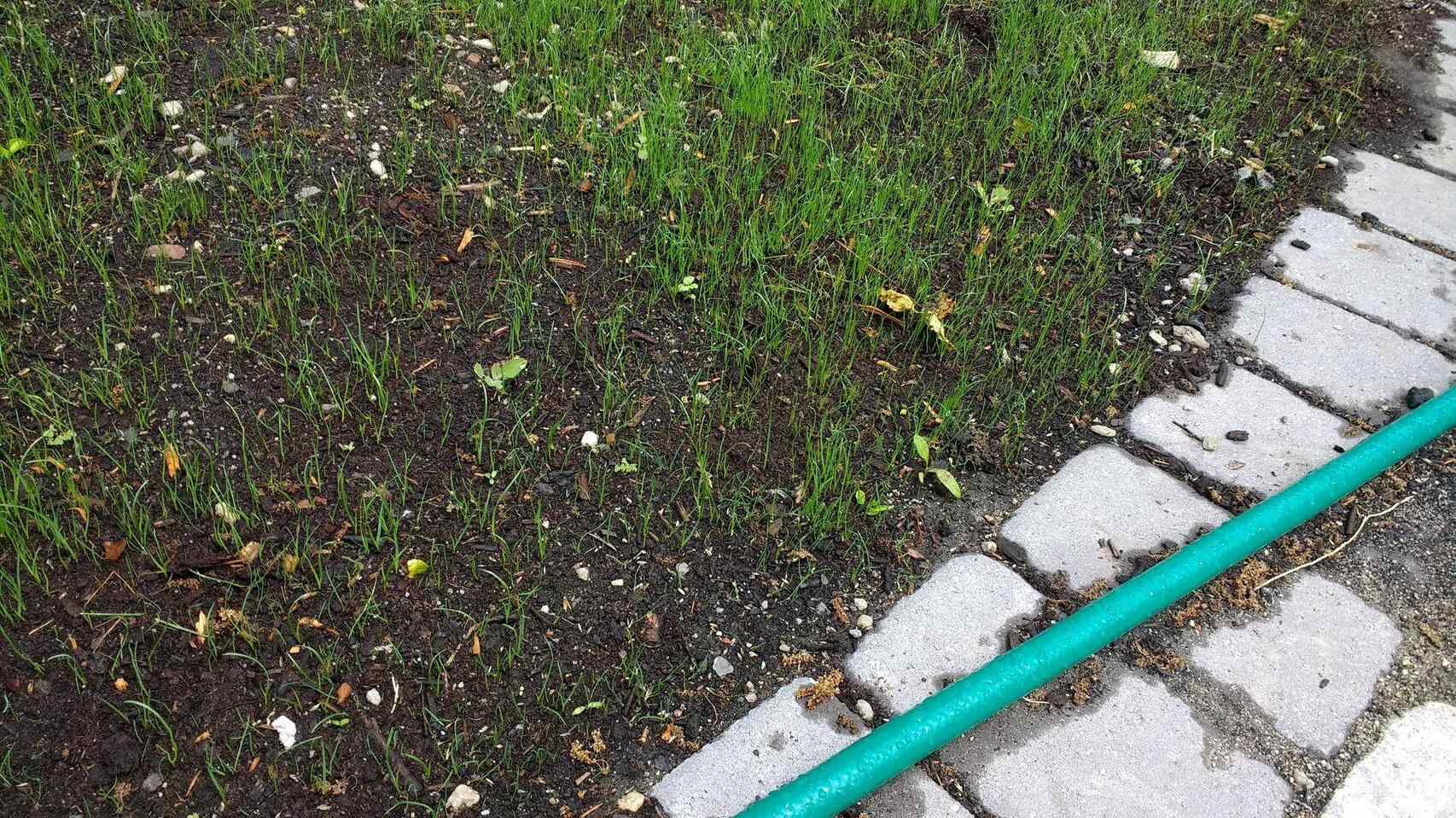

Garden Essentials
Why Is My Grass Seed Not Growing
Modified: October 18, 2024
Discover why your garden grass seed is not growing. Get expert tips and tricks to achieve a flourishing garden.
(Many of the links in this article redirect to a specific reviewed product. Your purchase of these products through affiliate links helps to generate commission for Storables.com, at no extra cost. Learn more)
Introduction
Gardening enthusiasts often dream of lush, green lawns that are the envy of the neighborhood. One of the key components to achieving a beautiful lawn is successful grass seed growth. However, it can be frustrating when the grass seed you’ve carefully planted doesn’t seem to be growing as expected. There are several factors that can affect grass seed growth, and understanding these factors is crucial in troubleshooting the issue and taking appropriate measures to ensure successful seed germination.
Key Takeaways:
- Grass seed growth can be affected by soil quality, watering, temperature, and seed quality. Proper soil preparation, watering, and choosing the right seed can greatly improve the chances of successful grass growth.
- Common mistakes like improper seedbed preparation and under or over seeding can hinder grass seed growth. Troubleshooting non-growing grass seed involves checking soil moisture, temperature, seed viability, and taking remedial actions.
Read more: Why Is My Grass Growing So Fast
Factors affecting grass seed growth
Several factors can influence the growth and germination of grass seed. Let’s take a closer look at the most important ones:
- Soil conditions: The quality and condition of the soil play a crucial role in grass seed growth. The soil should be well-draining, fertile, and free from weeds. Compacted soil or excessive clay content can hinder seed germination.
- Watering and moisture: Adequate moisture is essential for seed germination. Seeds need consistent moisture to sprout and establish roots. Insufficient watering or overwatering can both negatively impact grass seed growth.
- Temperature and weather: Grass seed requires specific temperature conditions for optimum germination. Cold temperatures can delay or inhibit germination, while extreme heat can desiccate the seeds. Additionally, adverse weather conditions like heavy rain or strong winds can wash away the seeds or disturb the seedbed.
- Seed quality and viability: The quality and viability of the grass seed itself is crucial for successful germination. Using fresh, high-quality seed with good germination rates greatly increases the chances of successful grass seed growth.
Understanding these factors is essential in troubleshooting issues with grass seed growth. Let’s now explore some common mistakes that can hinder the growth of grass seed.
Key Takeaways:
- Grass seed growth can be affected by soil quality, watering, temperature, and seed quality. Proper soil preparation, watering, and choosing the right seed can greatly improve the chances of successful grass growth.
- Common mistakes like improper seedbed preparation and under or over seeding can hinder grass seed growth. Troubleshooting non-growing grass seed involves checking soil moisture, temperature, seed viability, and taking remedial actions.
Read more: Why Is My Grass Growing So Fast
Factors affecting grass seed growth
Several factors can influence the growth and germination of grass seed. Understanding these factors is crucial in ensuring successful seed germination and promoting healthy grass growth. Let’s take a closer look at the most important ones:
Soil conditions: The quality and condition of the soil play a critical role in grass seed growth. It is essential to have well-draining soil that allows water and air to penetrate effectively. Compacted soil or excessive clay content can hinder seed germination as it inhibits root development and prevents the seeds from establishing a strong foundation. Before planting grass seed, it is advisable to conduct a soil test to determine any imbalances in pH levels or nutrient deficiencies that may need to be addressed through soil amendments.
Watering and moisture: Adequate moisture is crucial for seed germination. When planting grass seed, it is important to keep the soil consistently moist. The seeds need a steady supply of moisture to swell and initiate germination. However, overwatering can lead to pooling or drowning of the seeds, preventing them from taking root. On the other hand, insufficient watering can cause the seeds to dry out and fail to germinate. Finding the right balance and regularly checking the soil’s moisture level is key to successful grass seed growth.
Temperature and weather: Grass seed requires specific temperature conditions for optimum germination. Different grass varieties have different temperature requirements, and it is essential to select the appropriate grass seed for the local climate. Planting outside of the recommended temperature range can delay germination or cause the seeds to become dormant. Moreover, extreme weather conditions such as heavy rain, strong winds, or prolonged drought can adversely affect seed germination. It is important to monitor the weather forecast and time the seeding accordingly for the best results.
Seed quality and viability: The quality and viability of the grass seed itself play a significant role in successful germination. Using fresh, high-quality seed with good germination rates greatly increases the chances of successful grass seed growth. When purchasing grass seed, look for reputable brands and check the packaging for information on the germination rate. Older or low-quality seed may have low germination rates, resulting in patchy or weak grass growth. Additionally, ensure that the grass seed is stored correctly to maintain its viability.
By considering and addressing these essential factors, you can create optimal conditions for grass seed growth. However, even with the best practices, problems and challenges may arise. In the next section, we will explore some common mistakes that can hinder the growth of grass seed and how to troubleshoot them effectively.
Common mistakes in grass seed planting
Planting grass seed may seem like a straightforward process, but there are common mistakes that can hinder the growth and germination of the seeds. By being aware of these mistakes, you can take proactive steps to prevent them and increase the chances of successful grass seed growth. Let’s explore some of these mistakes:
Improper seedbed preparation: One of the most critical steps in grass seed planting is preparing the seedbed properly. Failing to adequately prepare the soil can result in poor seed-to-soil contact and hinder seed germination. Before planting, take the time to remove any weeds, rocks, or debris from the area. Loosen the soil with a rake or tiller and ensure it is leveled. This prepares a favorable environment for the seeds to establish strong roots and grow successfully.
Insufficient seed-to-soil contact: Grass seeds need direct contact with the soil to germinate and establish roots. One common mistake is scattering the seeds on top of the soil without ensuring proper seed-to-soil contact. To improve seed-to-soil contact, lightly rake or roll the seeded area after planting. This will help the seeds make contact with the soil and improve the chances of successful germination.
Over or under seeding: Achieving the right seed density is crucial for healthy grass growth. Overseeding, or spreading too many seeds in a given area, can lead to competition, lack of nutrients, and overcrowding, resulting in weak and thin grass. Conversely, underseeding, or using an insufficient amount of seeds, can create sparse areas and allow weeds to invade. Follow the recommended seeding rates for the specific grass variety you are planting to achieve the proper seed density for optimal growth.
Incorrect seeding depth: Planting grass seeds at the correct depth is essential for successful germination. Seeds that are planted too deep may struggle to reach the surface, while seeds planted too shallowly may dry out quickly. As a general guideline, most grass seeds should be planted at a depth of approximately ¼ to ½ inch. However, it’s important to note that the recommended seeding depth may vary depending on the grass variety. Refer to the seed packaging or consult gardening resources for accurate instructions on the appropriate seeding depth.
By avoiding these common mistakes and following best practices, you can significantly improve the success rate of grass seed growth. However, even with proper seedbed preparation and seeding techniques, issues may still arise. In the next section, we will discuss troubleshooting tips for non-growing grass seed to help identify and address potential problems.
Make sure to prepare the soil properly before planting grass seed. Remove any debris, loosen the soil, and add a layer of topsoil if needed. This will create the ideal environment for the seeds to germinate and grow.
Troubleshooting tips for non-growing grass seed
Despite your best efforts in preparing the seedbed and following proper seeding techniques, you may encounter situations where the grass seed does not seem to be growing as expected. In such cases, it’s important to follow these troubleshooting tips to identify the underlying problems and take appropriate measures for successful grass seed growth:
Identifying signs of seed germination failure: The first step in troubleshooting non-growing grass seed is to assess whether the seeds have germinated or not. Look for signs such as seedling emergence, including the appearance of small, green shoots. If you do not see any signs of germination after the recommended germination period, it is likely that the seeds have failed to sprout.
Steps to identify underlying problems: Once you have determined that seed germination has failed, it’s important to identify the underlying problems that may be hindering the growth. Check for the following factors:
- Soil moisture: Ensure that the soil is adequately moist but not waterlogged. Check for proper drainage and adjust the watering accordingly.
- Soil temperature: Ensure that the soil temperature is within the optimal range for the specific grass variety you have planted. Adjust the timing of planting if necessary.
- Seed viability: Assess the quality and viability of the seeds you have planted. Older or low-quality seeds may have lower germination rates, resulting in poor growth.
- Seed-to-soil contact: Check if there is sufficient contact between the seeds and the soil. Rake or roll the area to improve seed-to-soil contact if necessary.
- Weed competition: Examine the area for weed growth, which can hamper the growth of grass seeds. Remove any weeds that have emerged to reduce competition for nutrients and sunlight.
Remedies for poor grass seed growth: Once you have identified the underlying problems, it’s time to take remedial action to promote grass seed growth:
- Address soil issues: If the soil quality or composition is a problem, consider amending it with organic matter or soil conditioners to improve its structure and fertility.
- Re-seed or overseed: If there are significant bare or patchy areas in the lawn, reseeding or overseeding may be necessary. Follow proper seeding techniques and ensure good seed-to-soil contact.
- Monitor irrigation: Adjust watering practices to provide consistent moisture to the seeds without overwatering. Proper irrigation is crucial for seed germination and establishment.
- Fertilize as needed: Apply a starter fertilizer or a slow-release fertilizer with the recommended nutrients to provide essential nourishment for the growing grass.
- Monitor for pests and diseases: Keep a close eye on the lawn for any signs of pests or diseases, which can hinder grass growth. Take appropriate action, such as using organic pest control methods or consulting a professional, to address these issues.
By following these troubleshooting tips and taking the necessary remedial actions, you can increase the chances of successful grass seed growth. In the next section, we will provide some valuable tips for ensuring successful growth of grass seed from the start.
Read more: Why Is Grass Seed Not Growing
Tips for successful grass seed growth
To ensure successful grass seed growth and achieve a healthy and lush lawn, it’s important to follow a few key tips and best practices. By incorporating these tips into your grass seed planting routine, you can increase the chances of successful germination and establish thriving grass. Let’s explore these tips in more detail:
Choosing the right grass seed variety: Selecting the appropriate grass seed variety is crucial for successful growth. Consider factors such as the climate, sunlight conditions, and intended use of the lawn. Different grass species have different requirements and tolerances, so choose a grass seed variety that is well-suited to your local climate and matches your specific lawn needs.
Proper soil preparation and amendment: Before planting grass seed, it’s important to prepare the soil properly. Remove any rocks, weeds, or debris from the area, and ensure the soil is well-draining. Loosen the soil with a rake or tiller and consider adding organic matter, such as compost, to improve its fertility and structure. This will provide a favorable environment for the seeds to establish roots and grow vigorously.
Correct seeding techniques: Employing the right techniques when planting grass seed can greatly enhance germination and growth. Follow these steps for optimal results:
- Divide your lawn into sections for easier management.
- Use a spreader or hand-held seeder to evenly distribute the seeds.
- Apply half of the seeds in one direction and the other half in a perpendicular direction to ensure even coverage.
- Rake the seeded area gently to lightly cover the seeds with soil. This helps improve seed-to-soil contact.
Adequate watering and maintenance: Watering is critical for successful grass seed growth. After planting, water the seeded area gently and regularly to keep the soil consistently moist. Avoid overwatering, as it can lead to pooling or drowning of the seeds. As the grass starts to grow, adjust the watering schedule to encourage deep root development. Additionally, properly maintain the lawn by regularly mowing, fertilizing, and controlling weeds to promote healthy growth.
By following these tips for successful grass seed growth, you can establish a vibrant and healthy lawn that will be the envy of the neighborhood. Remember to choose the right grass seed variety, prepare the soil properly, employ correct seeding techniques, and provide adequate watering and maintenance. By investing time and effort into these steps, you will be rewarded with a beautiful and lush lawn that you can enjoy for years to come.
Conclusion
Growing grass from seed can be a rewarding process that allows you to create a beautiful and vibrant lawn. However, it can also come with its fair share of challenges. By understanding the factors that affect grass seed growth, avoiding common mistakes, and following troubleshooting tips, you can greatly increase the chances of successful germination and growth.
Start by considering the soil conditions, as well-draining and fertile soil is essential for healthy grass growth. Proper watering techniques, along with attention to temperature and weather conditions, will ensure that the seeds have the necessary moisture and temperature to germinate. Additionally, choose high-quality grass seed that is suited to your climate and lawn needs.
Avoid common mistakes, such as inadequate seedbed preparation, insufficient seed-to-soil contact, over or under seeding, and incorrect seeding depth. By taking care to address these issues, you can give your grass seeds the best possible chance to grow and thrive.
If you encounter non-growing grass seed, follow troubleshooting tips to identify the underlying problems. Factors such as soil moisture, temperature, seed viability, seed-to-soil contact, and weed competition may be contributing to the issue. By identifying and addressing these problems, you can rectify the situation and promote successful seed growth.
To ensure consistent success, choose the right grass seed variety for your specific lawn needs, prepare the soil properly, employ correct seeding techniques, and provide adequate watering and maintenance. By following these tips, you can create a lush and healthy lawn that you can enjoy year-round.
In conclusion, growing grass from seed requires careful attention to detail and understanding of the factors that influence successful growth. By taking the time to properly prepare the seedbed, select high-quality seed, provide appropriate care, and troubleshoot any issues that may arise, you can achieve the lawn of your dreams. With patience and perseverance, you will be rewarded with a beautiful, green oasis that enhances the aesthetic appeal of your home and provides a welcoming space for outdoor activities.
Frequently Asked Questions about Why Is My Grass Seed Not Growing
Was this page helpful?
At Storables.com, we guarantee accurate and reliable information. Our content, validated by Expert Board Contributors, is crafted following stringent Editorial Policies. We're committed to providing you with well-researched, expert-backed insights for all your informational needs.
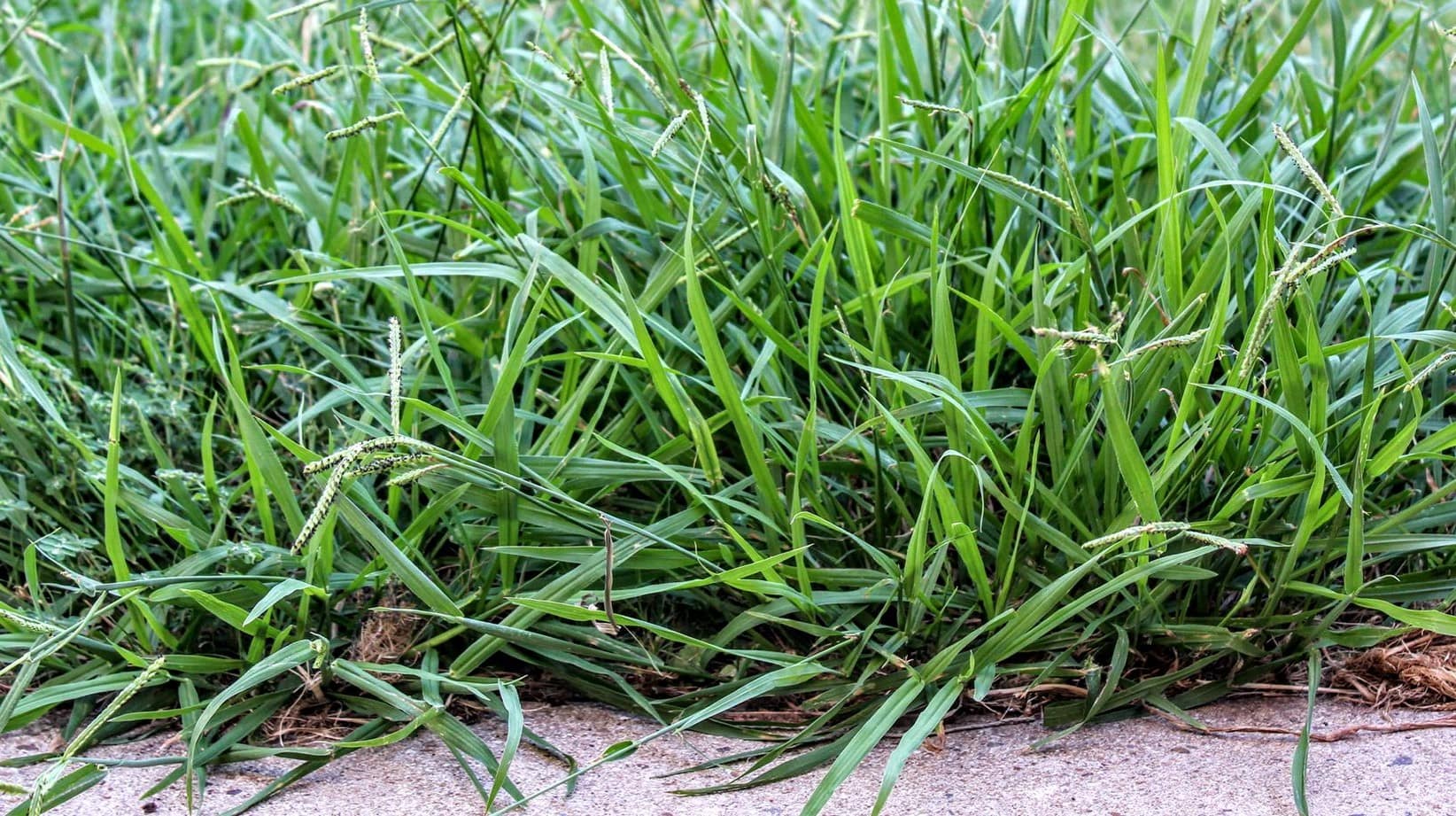
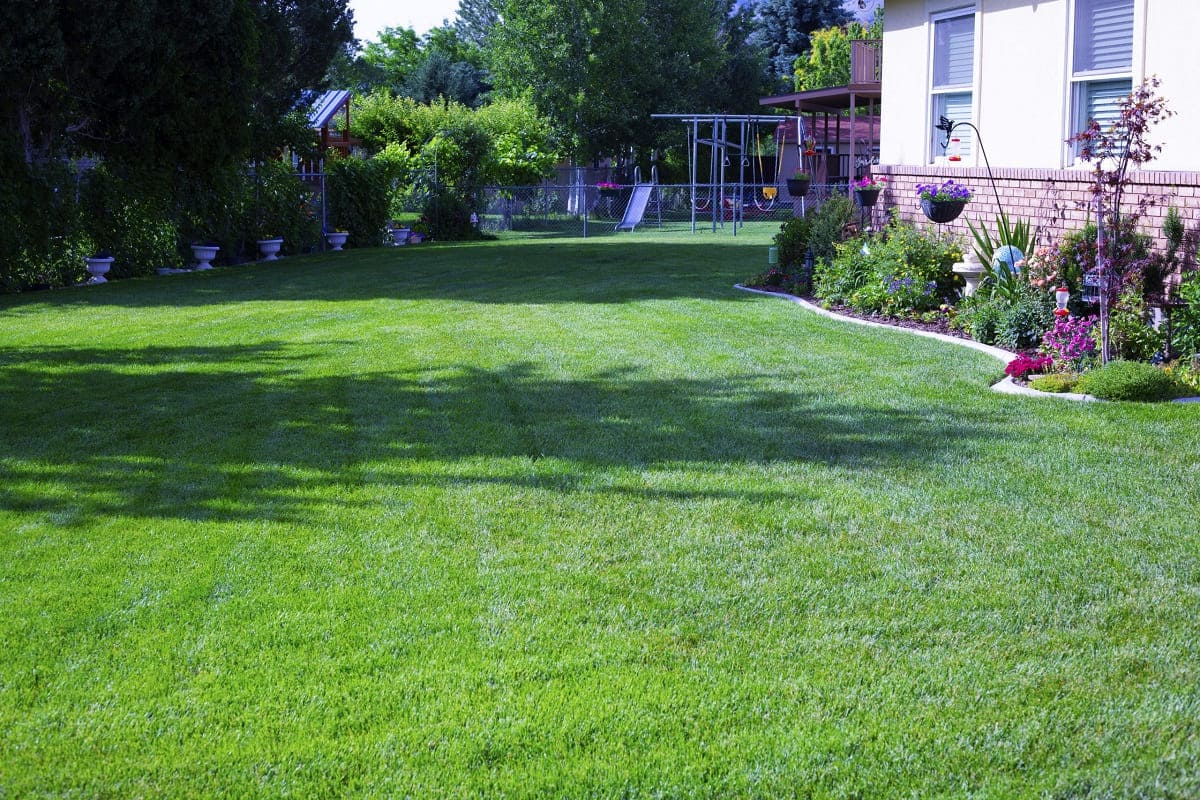
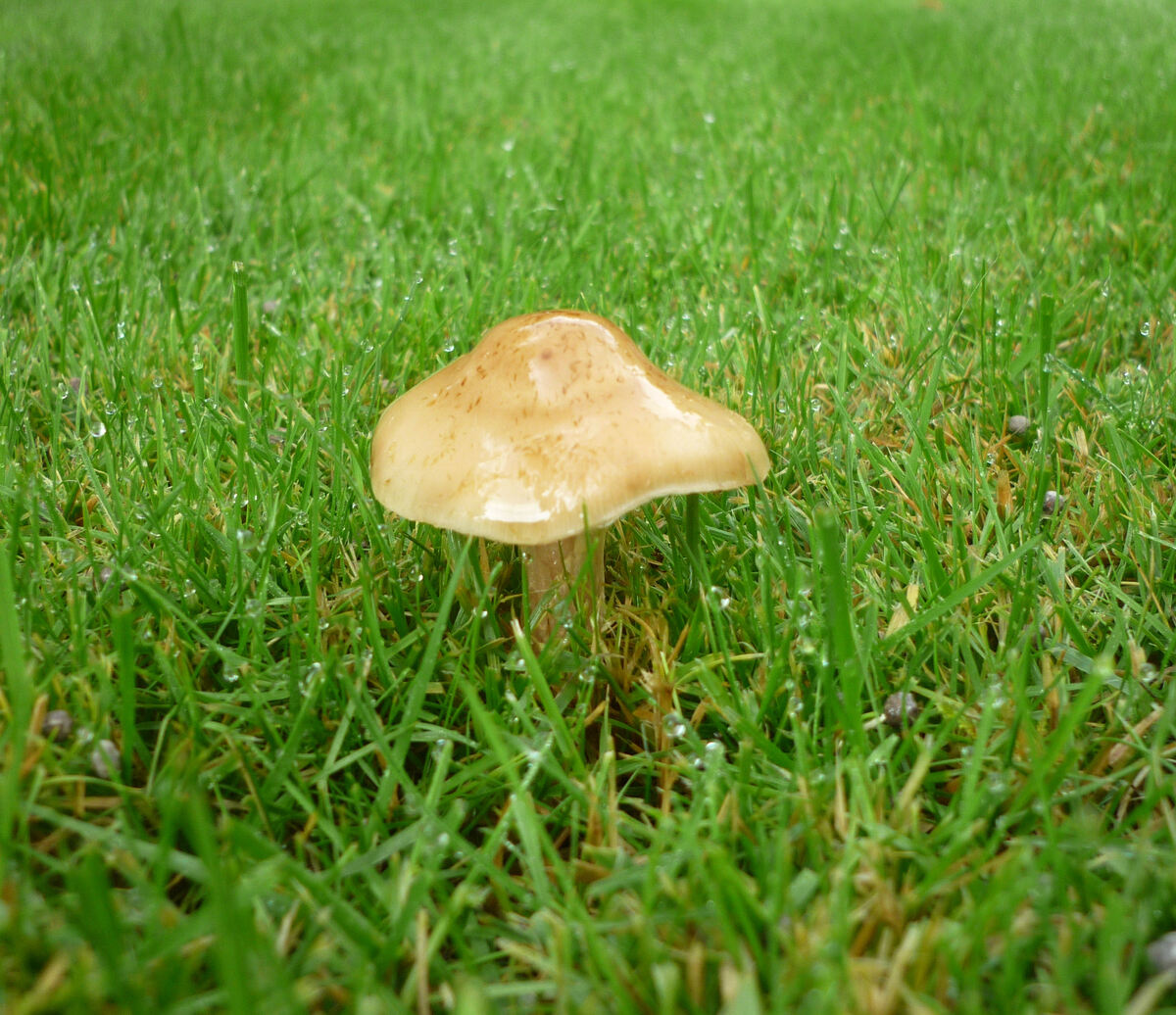
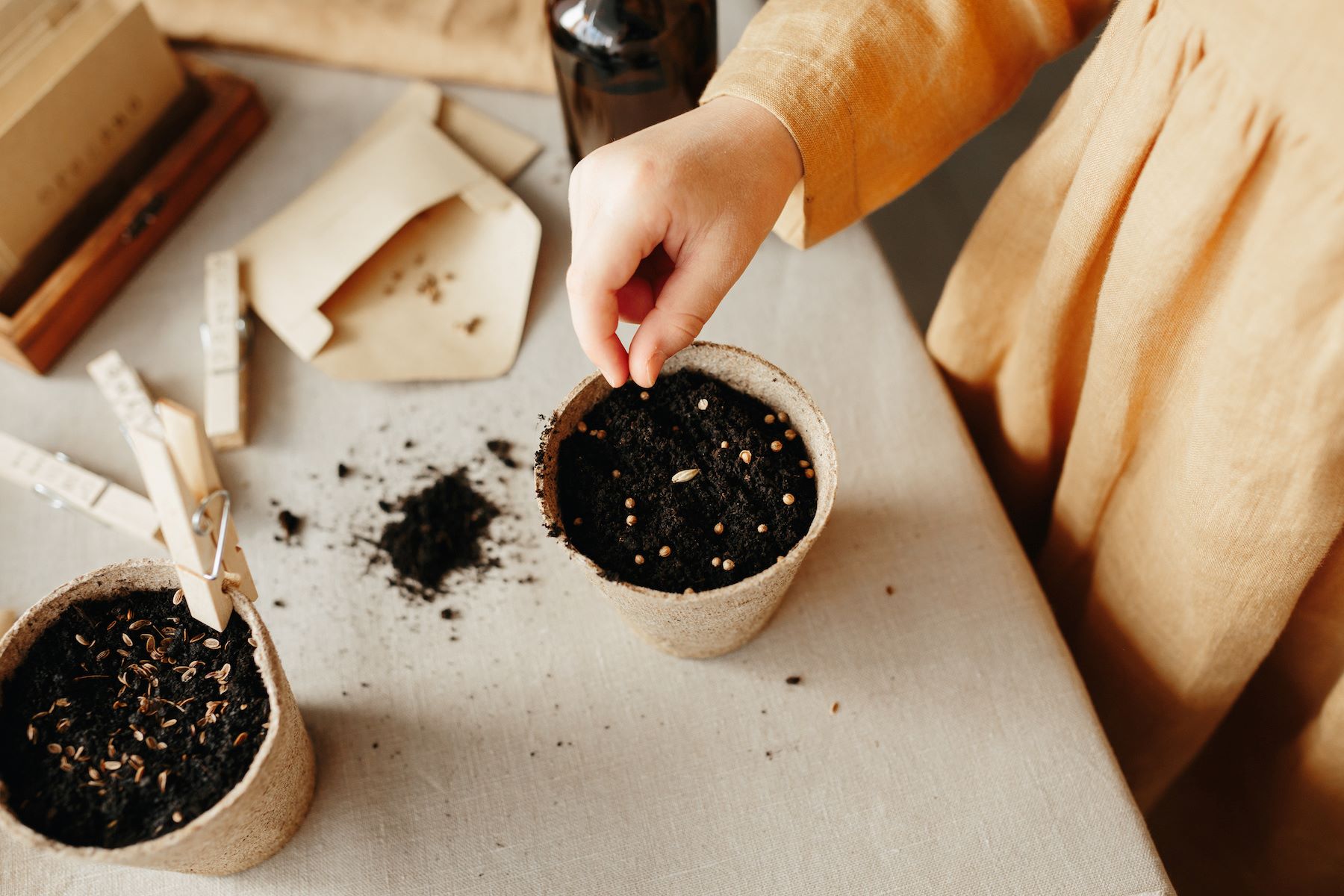
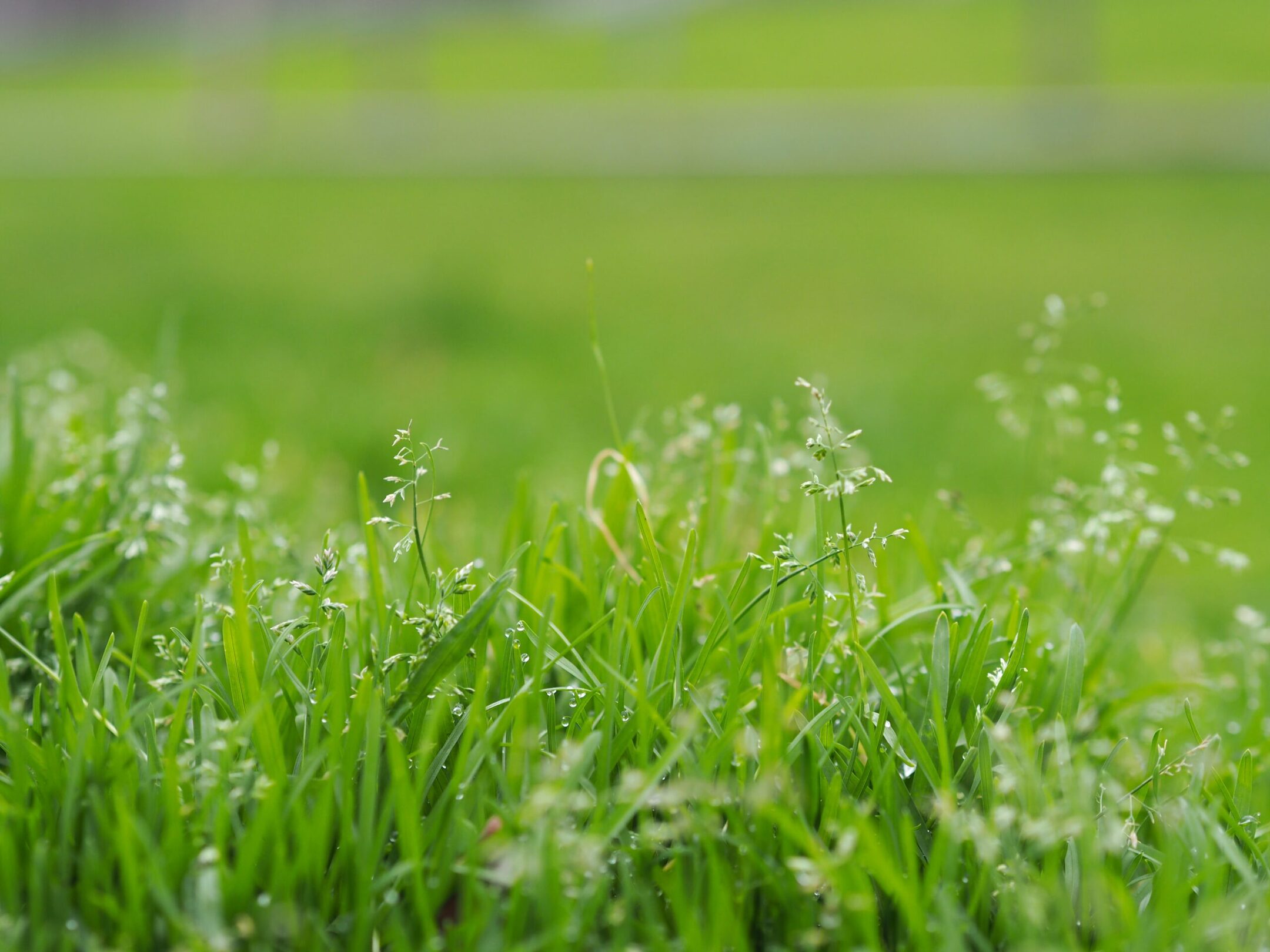
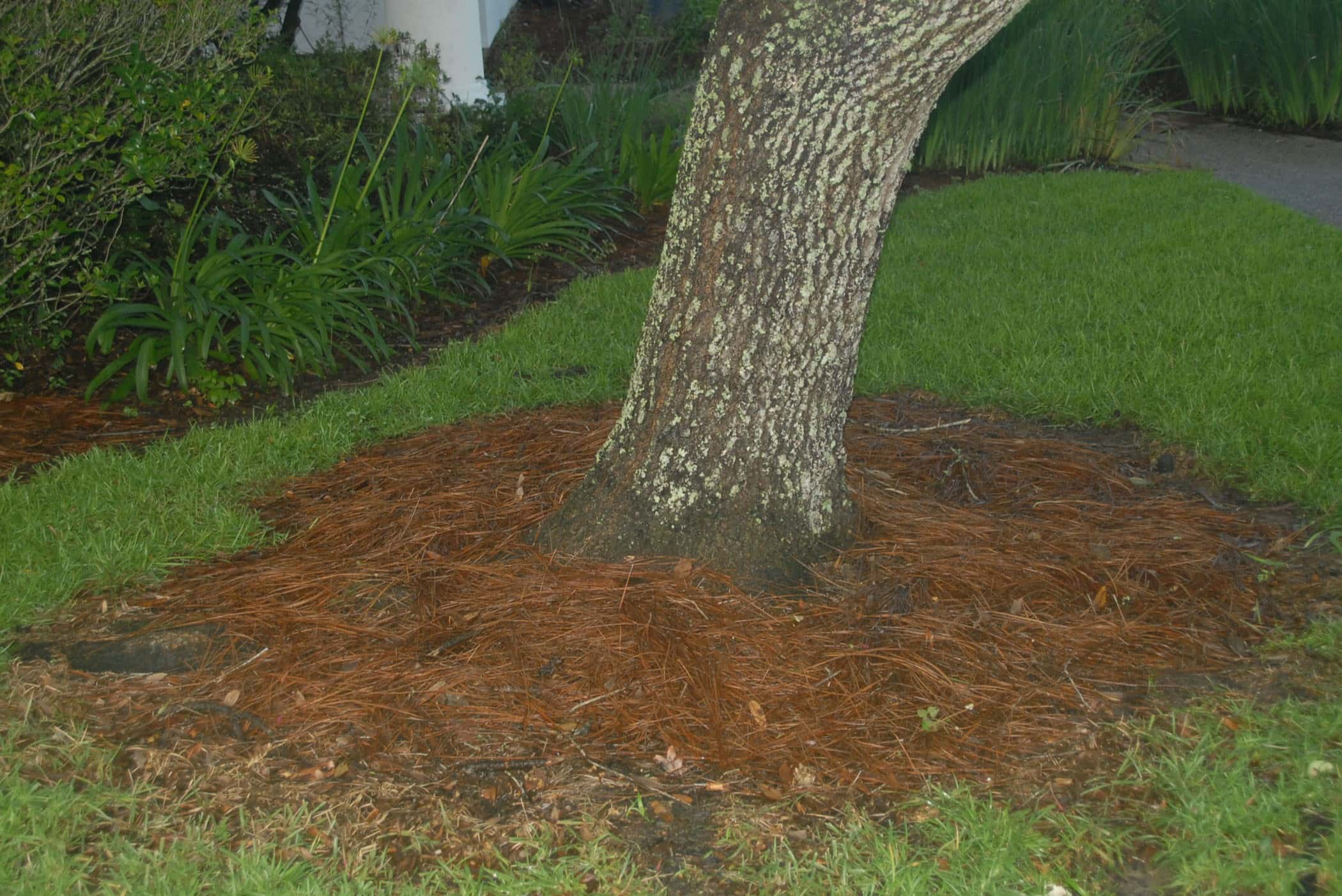

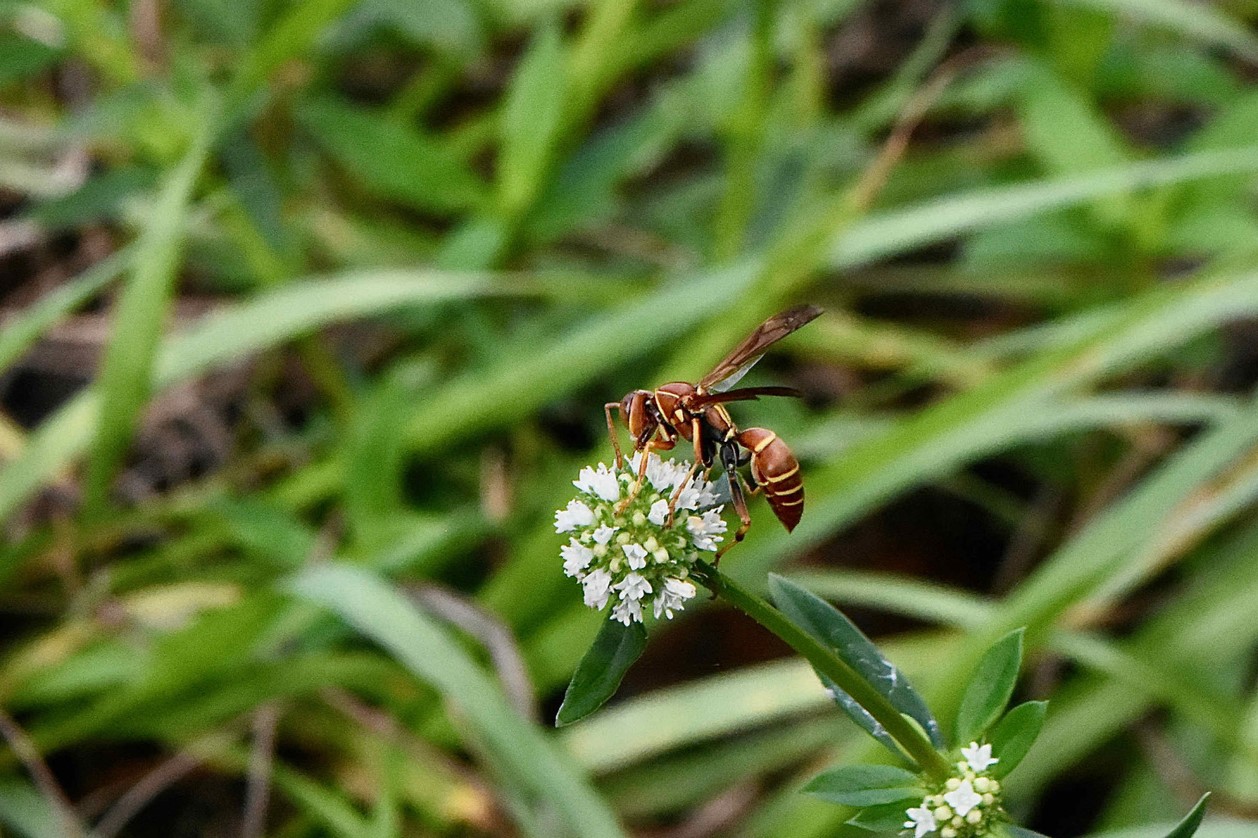
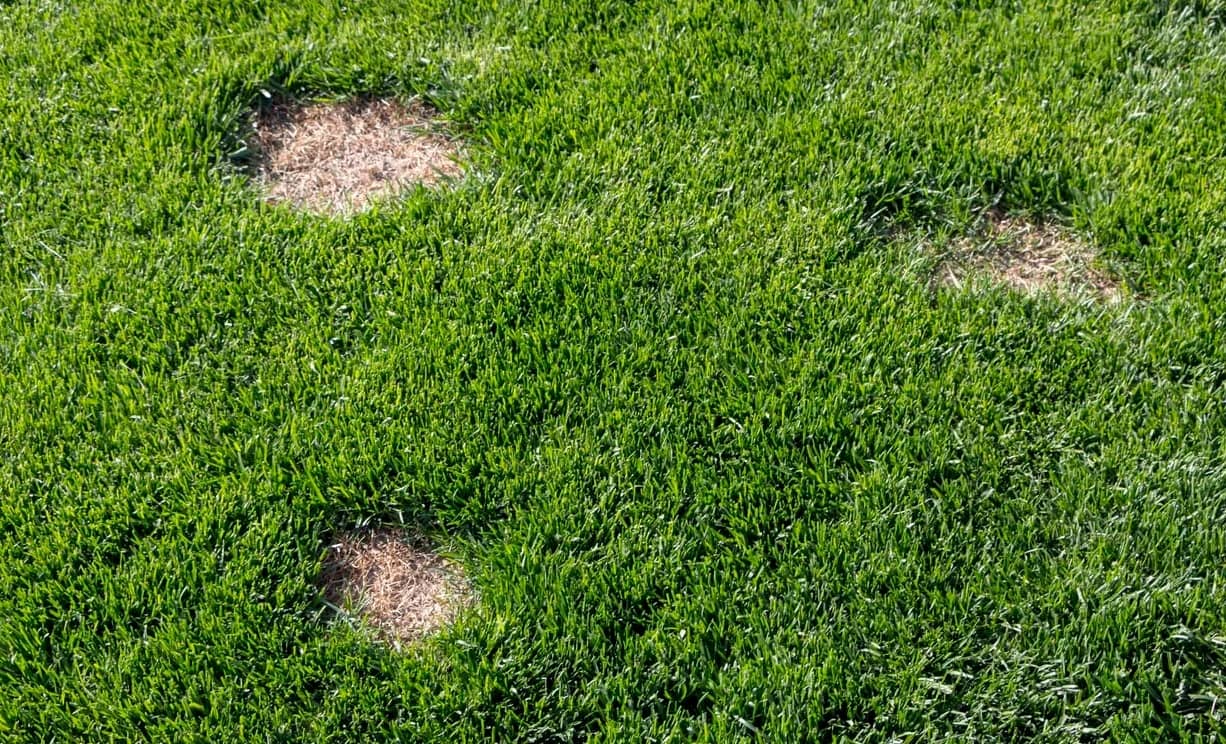
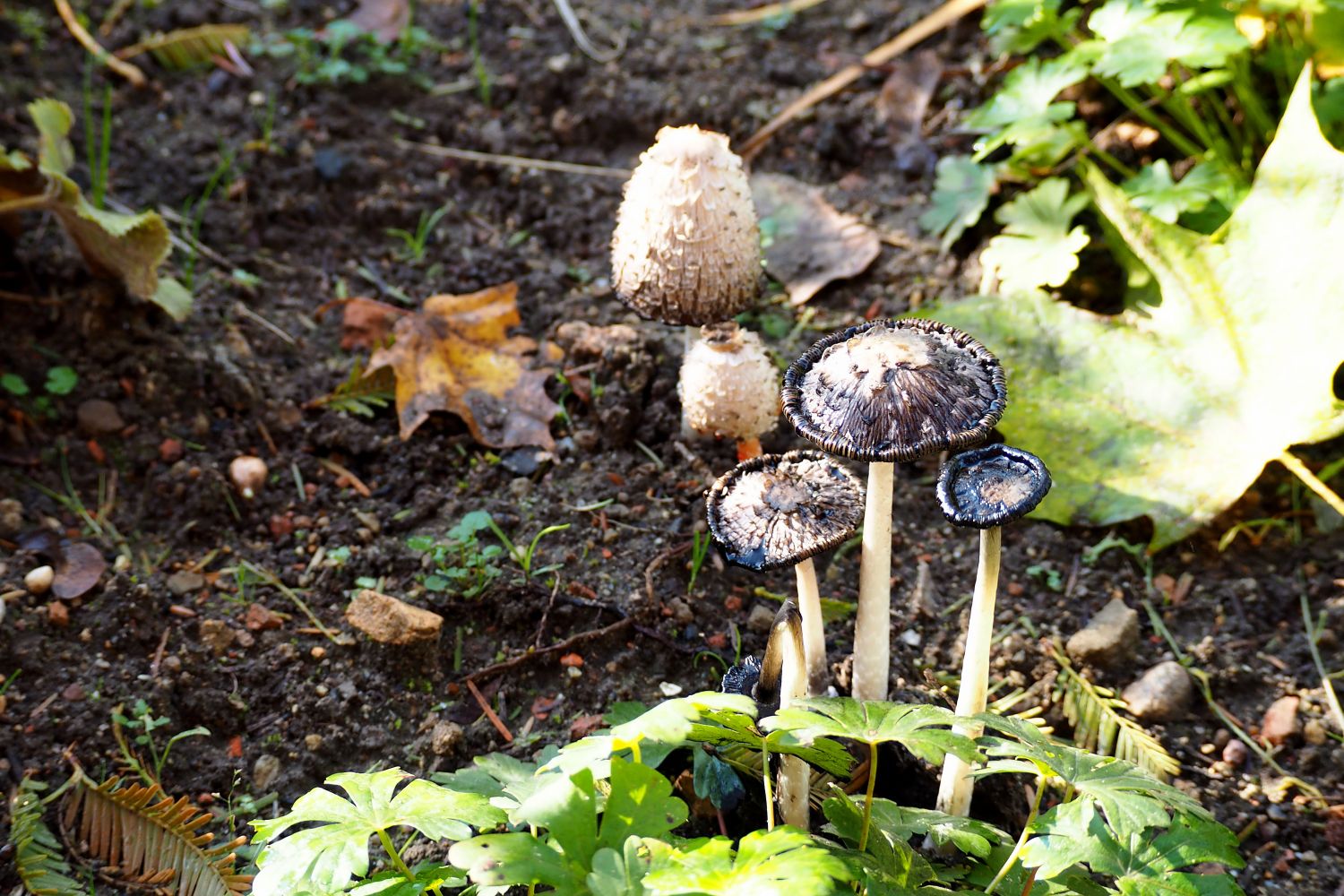
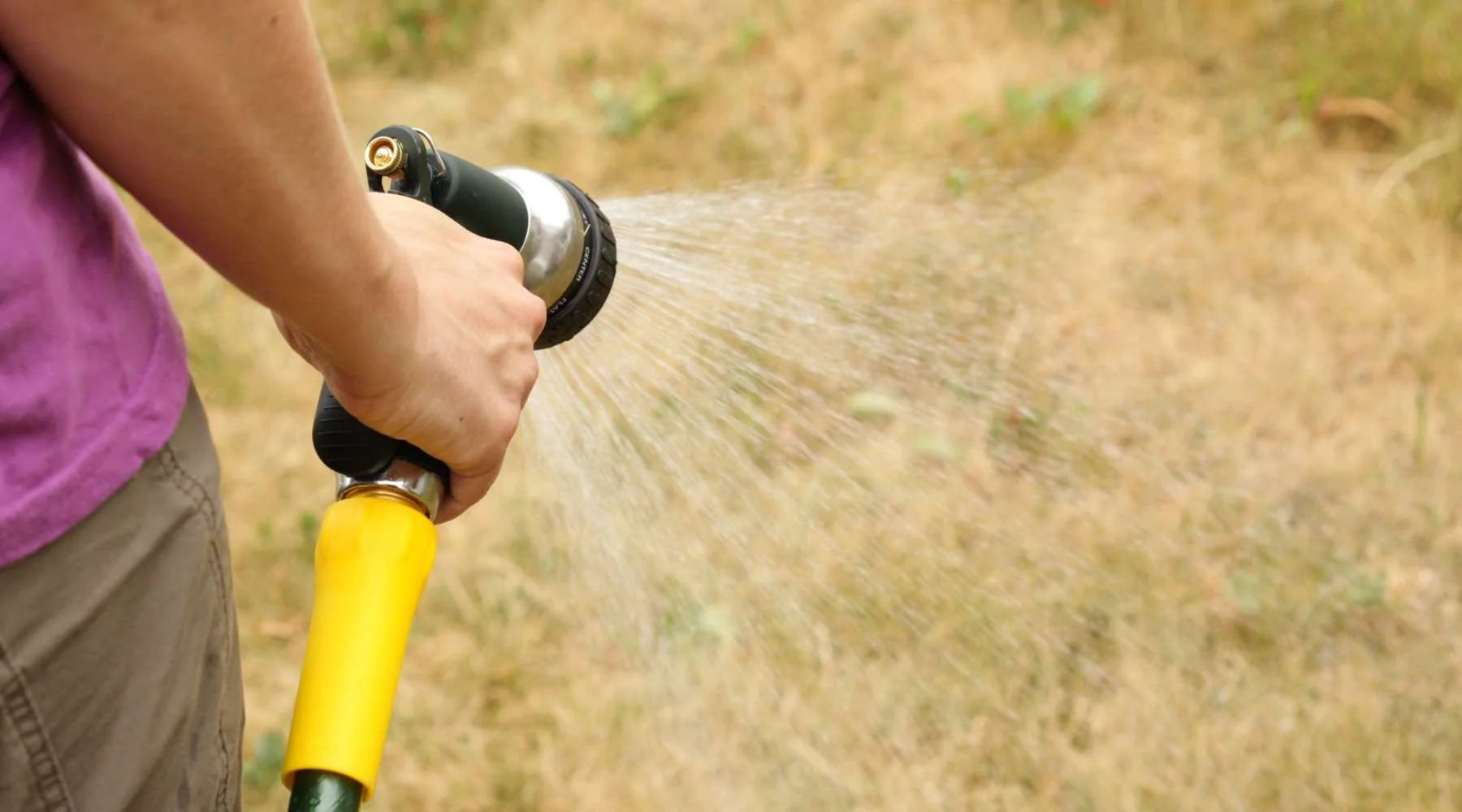
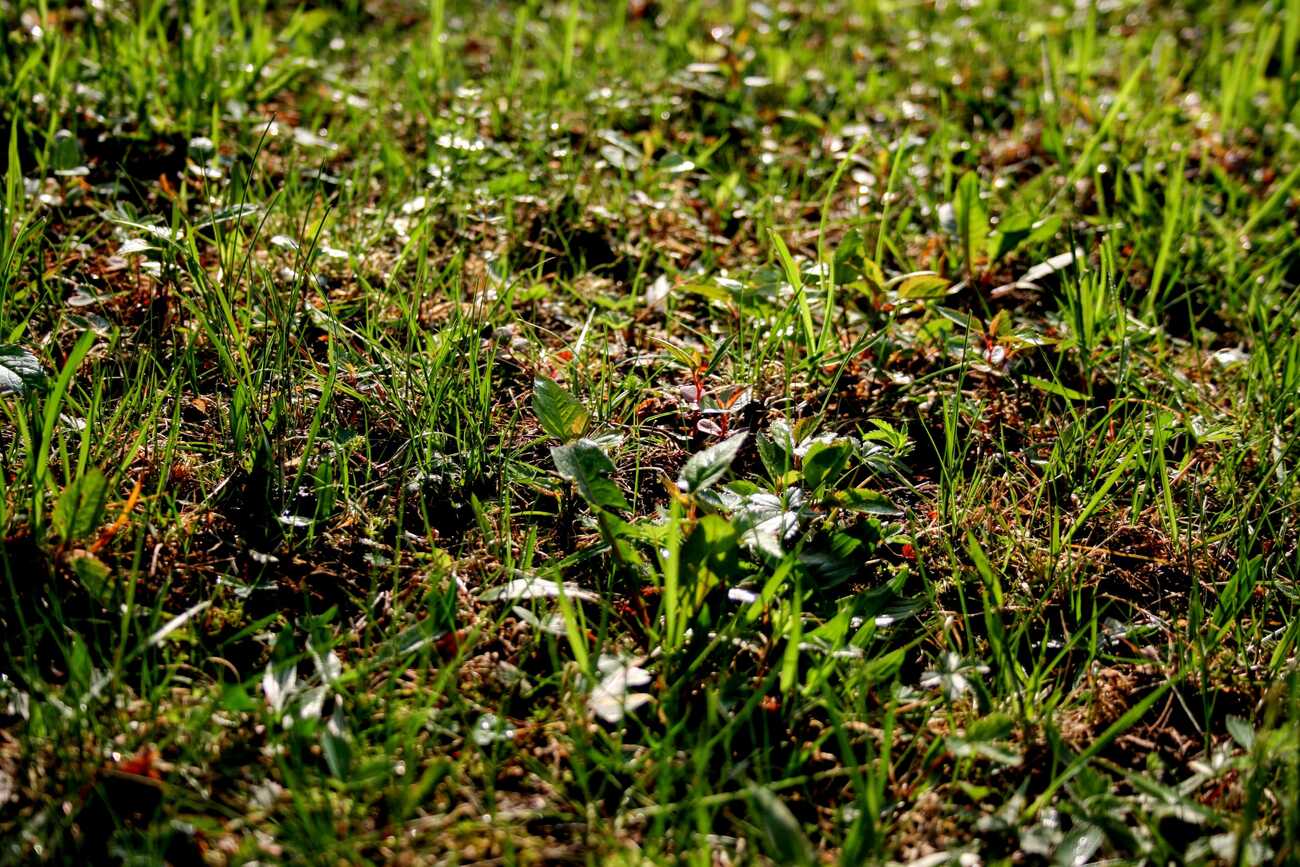
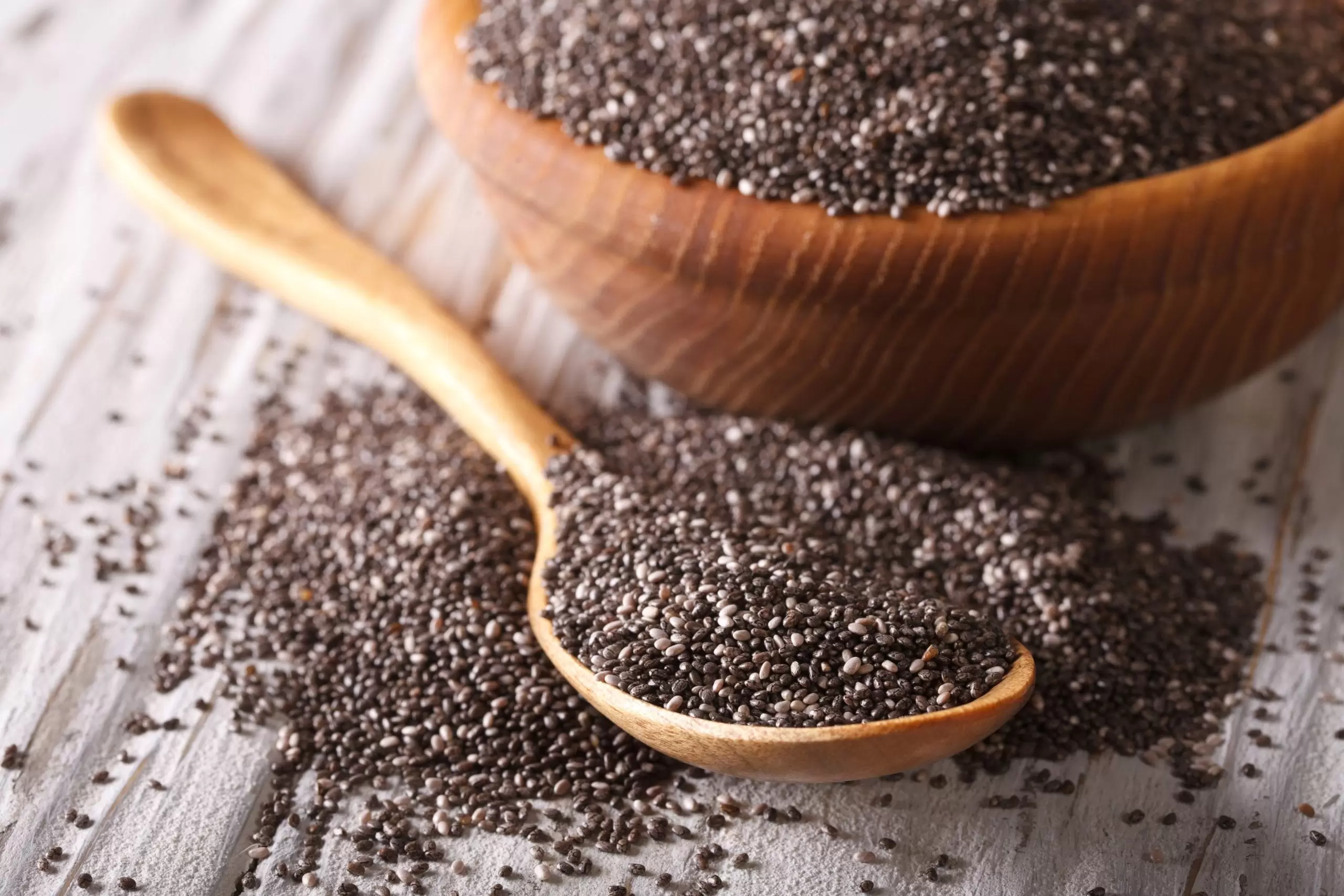
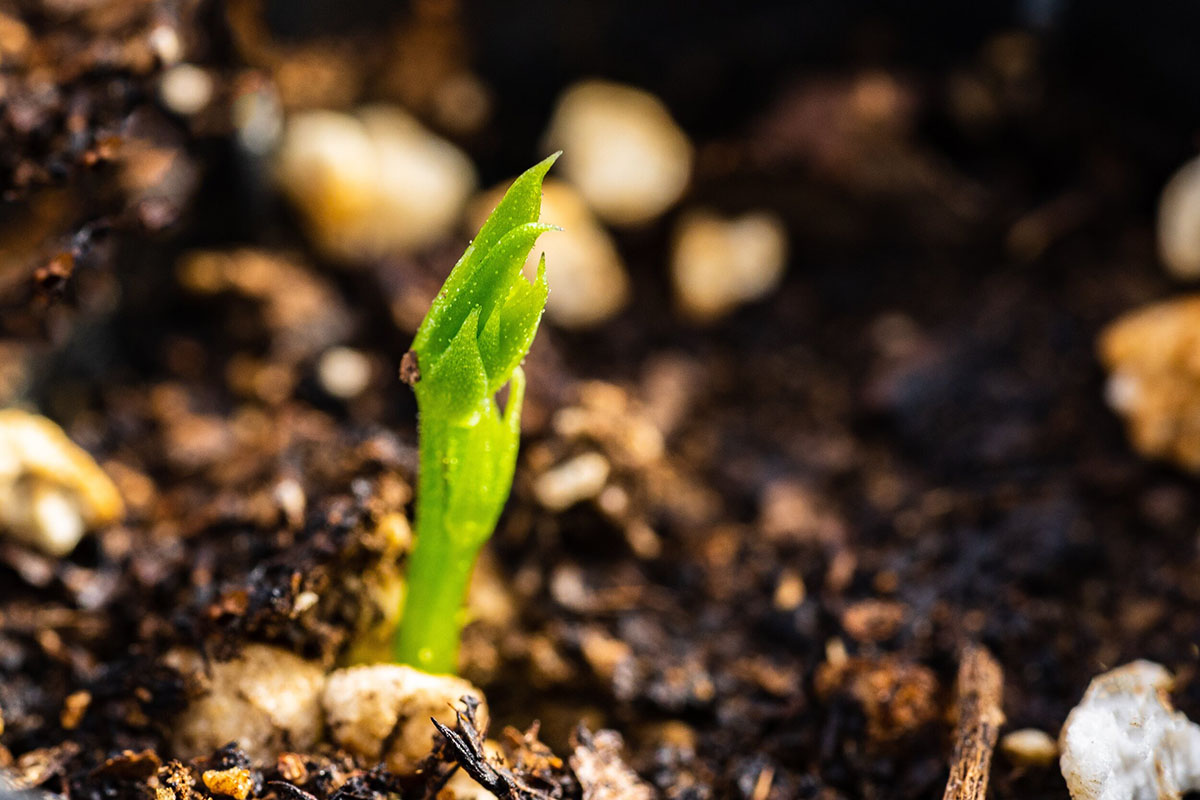

0 thoughts on “Why Is My Grass Seed Not Growing”